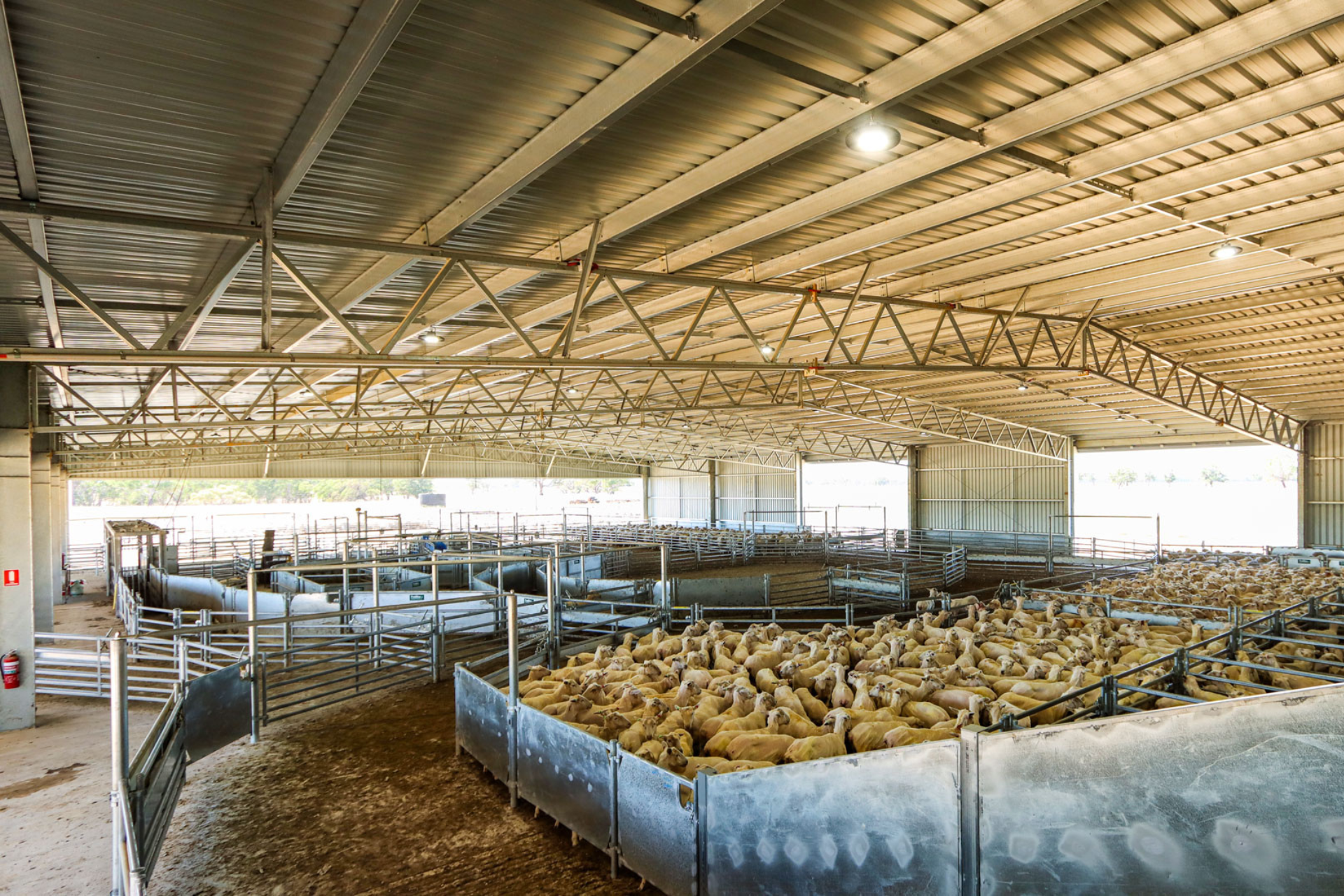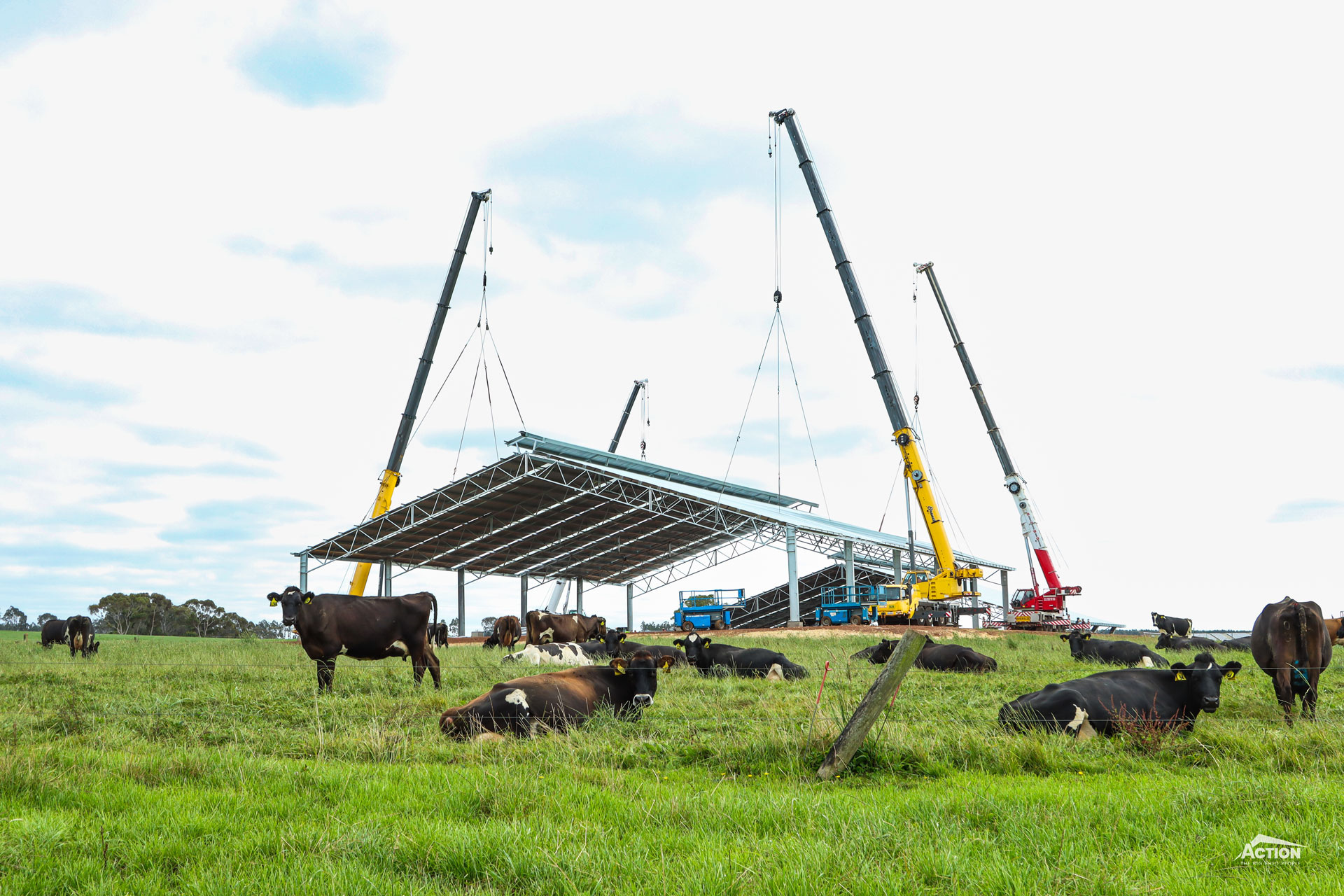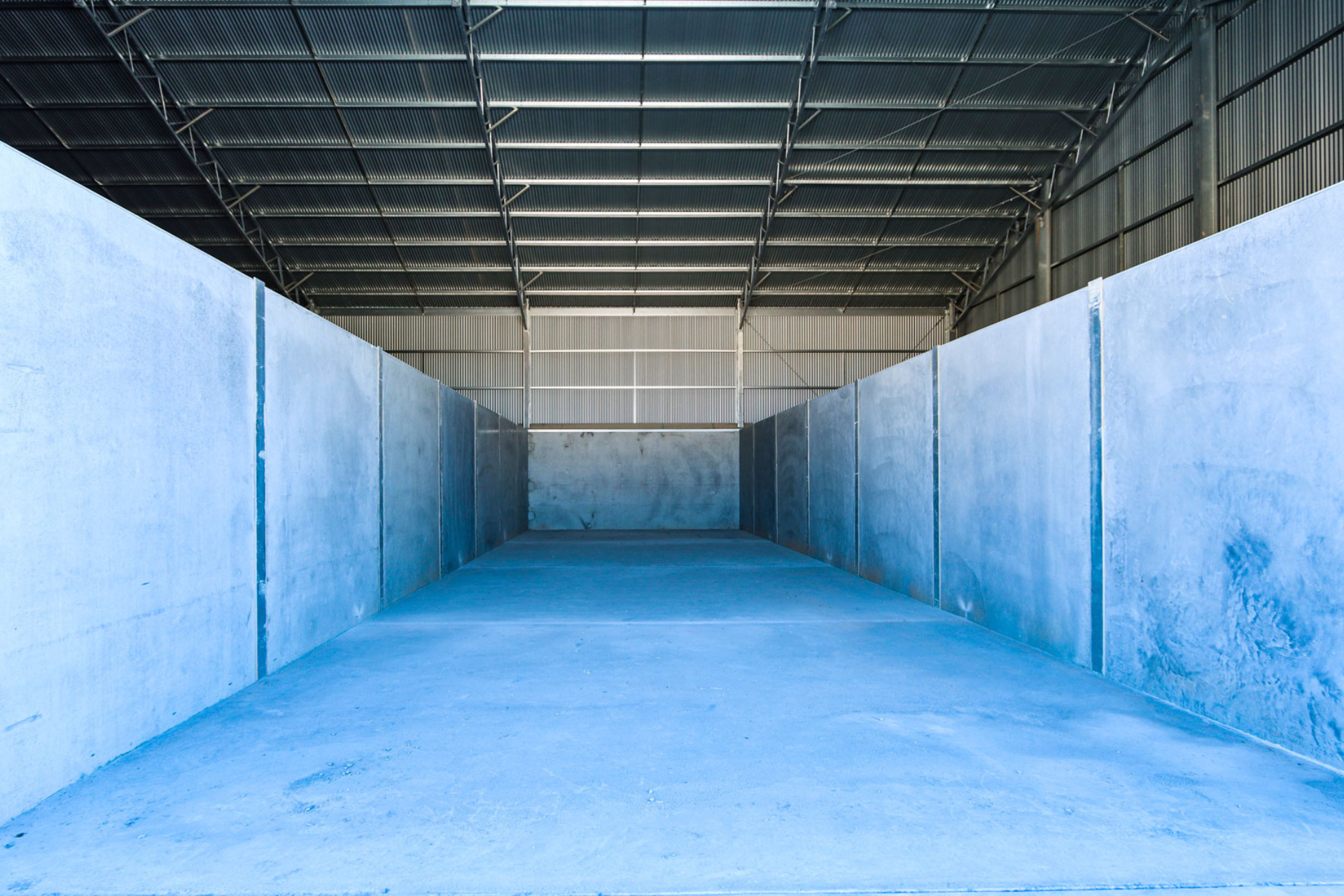If you store fodder or your farm machinery in a shed (as you should), you have no doubt asked at some point; How do I keep mice out of my shed?
While mice are always present in crops, after a good harvest when there are high stubble loads and lots of grain on the ground, conditions are conducive for high mice numbers, and they can increase rapidly. Additionally, favourable conditions lengthen the usual breeding season.
Mice can wreak havoc in sheds, damaging machinery wires, contaminating hay and creating fire risks. The mouse plague we have seen recently in parts of New South Wales is a perfect example.
As your trusted farm shed supplier, we have collated information on mice and suggestions on how to keep mice out of your hay shed, grain shed or machinery sheds. If keeping your shed mice-free is relevant to you, read on to learn more about mouse plagues, prevention and management techniques for controlling mice numbers and how to keep mice out of sheds
Identifying Rodents (Mice and Rats)
Rodents such as mice and rats, eat a variety of foods and will destroy their food source, damaging machinery, hay and more in the process.
Rodents are also known for their short breeding cycle, making quick action essential once high numbers are detected.
Common rat and mice species include:
The Norway rat is also known as the common rat or brown rat and will eat almost anything but prefers food such as cereals.
They are most common in coastal and urban areas.
Characteristics of the Norway rat include brown or grey fur, large build (they typically weigh between 200-500 grams) and a blunt nose.
The Roof rat is also commonly known as the black rat or house rat and like the Norway rat is most common in populated areas.
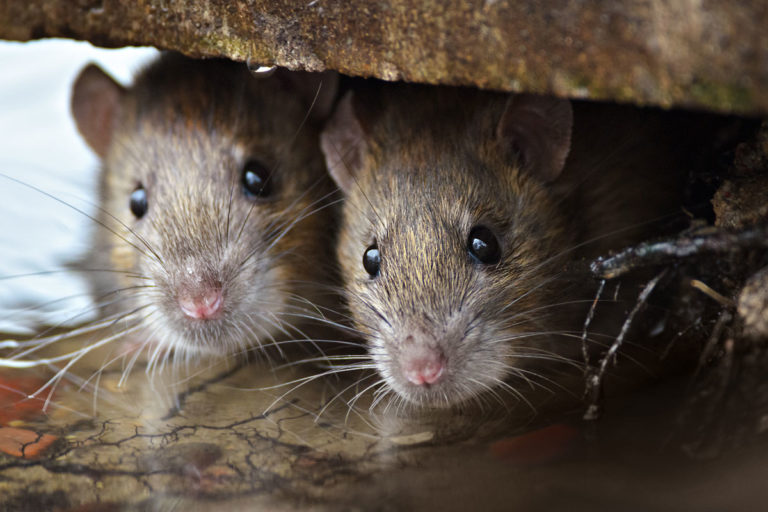
Characteristics of the roof rat include grey, black or brown fur (sometimes with white belly fur), a slender build (they typically weigh 200 – 300 grams) and pointed nose.
The House Mouse is distributed across Australia and numbers can quickly reach plague proportions in the right conditions.
They have a varied diet including grains and cereals and can live indoors or outdoors.
Characteristics of the common house mouse include brown or grey fur, small build (they tend to only weigh between 14 – 20 grams), pointed nose and large ears.
What Is A Mouse Plague?
Opinions vary on what mouse numbers constitute a mouse plague, however according to the CSIRO’s Steve Henry, around 800 mice per hectare can be considered to be a mouse plague.
A mouse plague brings with it a lot of challenges and risks such as crop damage, contaminated fodder and botulism in cattle, as well as posing a health risk to humans through the spread of disease.
Monitoring, Managing And Controlling Mice Numbers
Like most issues, such as grain pests, when it comes to keeping mice out of your crops and sheds, prevention is better than cure. Early detection, proactive management and ongoing monitoring is essential to minimising damage.
There are several ways to monitor mice numbers in your crop to prevent numbers from escalating. Birchip Cropping Group recommend the following:
- Create a transect to look for active burrows by walking 30m in from your fence line, then set a 100m by 1m transect through the crop (by following the furrows).
- Walk along the transect and count any active burrows in your 100m transect. Identify fresh scratching, little piles of grain or mouse walkways. Do this for 2-4 more transects across the paddock.
- If you found 2-3 active burrows in the 100m, action is required.
You can also monitor mice activity using mouse chew cards. Download the GRDC mouse chew card template and instructions here.
Keeping Mice Out Of Your Shed
Here are a few suggestions to help your sheds stay mice-free.
A well-sealed shed
A well-sealed shed makes it difficult for mice to access your shed.
This can be achieved with a concrete slab floor being poured after the shed is complete so that the slab sets around the cladding. Alternatively, if the slab is poured prior to the shed being installed, have a rebate around the perimeter of the slab for the wall iron to sit in.
Door brush seals are another way to help keep your shed sealed and rodent-proof, and these can be readily bought online.
Roller doors are generally more rodent-proof than sliding doors. This is because sliding doors need to be spaced off the shed wall, and the ground, to ensure they operate properly. On the other hand, roller doors run in vertical tracks, and close flush to the ground so that there are no gaps for mice to get through.
Good hygiene
Good hygiene is essential for keeping mice out of your sheds, particularly in fodder storage sheds.
Limit the amount of loose hay lying in and around your hay sheds as much as possible. Similarly, with grain sheds, clean up any grain spills around your shed as quickly as possible.
Not only does practicing good hygiene in sheds remove food sources for mice, it also removes materials that they could nest in.
Another way to maintain good hygiene in your shed is to keep your machinery cleaned down and free from any hay or fodder that mice might find attractive.
And finally, don’t store machinery in with your hay. This protects your machinery from mice and reduces the risk of fire.
Baiting with rodenticides
Baiting is the most common and effective mice management method.
There are two main ways to use baits to manage large numbers of mice; using acute rodenticides or using chronic rodenticides. Acute rodenticides kill with a single dose whereas chronic rodenticides kill through multiple doses.
Before beginning a mouse baiting program, whether it is in and around your sheds, or in your crops, seek professional advice and read the product label directions to ensure baiting is effective and safe. An important safety measure when baiting around the farm, is to keep the bait out of reach of children, dogs and pets.
Other safety measures include wearing appropriate personal protective equipment when baiting, keeping a record of bait placement and ensuring others on the farm are aware of the pesticide use.
Ensure bait stations are regularly topped up and are placed near holes, against the shed walls or along obvious travel routes used by mice. This is the best way to ensure that the mice are exposed to the bait as they will not necessarily go out of their way to find baits, particularly if there is plenty of quality food sources available.
It is generally recommended to position the stations every 6 – 12 feet apart for mice, or every 15 – 30 feet for rats to ensure effective baiting.
Seeking professional advice on baiting can help save you money, as it can be costly if you don’t get it right.
Shed maintenance
Keeping your shed maintained helps keep it mice-free and is a relatively low-cost preventative measure.
Shed maintenance could include blocking any holes and sealing gaps to make it difficult for mice to enter the shed – remember that a mice can get through a hole as small as 8mm!
Minimising access to water that could be used as drinking source is also important, for example dripping taps and plumbing leaks.
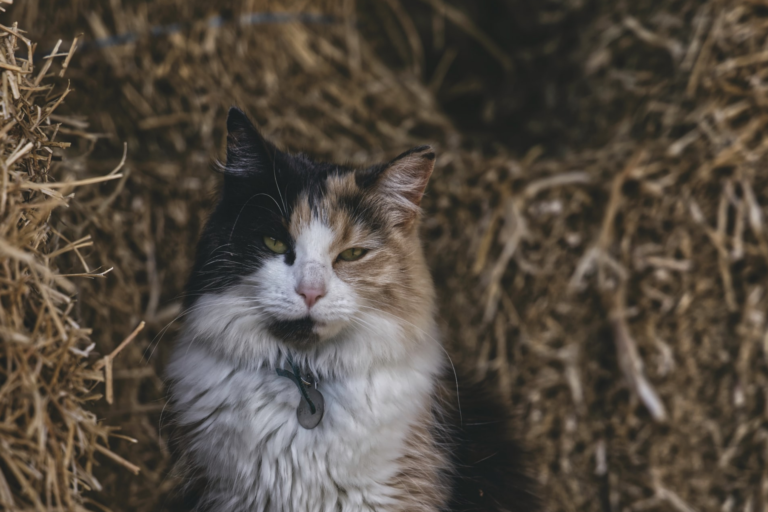
-
Use cats
Using cats can help keep mice numbers in sheds in check – a simple but tried-and-tested and effective control method.
Further reading suggestions and useful resources
Ways You Can Bird-Proof Your Shed
Birds, like pigeons, starlings, sparrows or finches, can prove to be very difficult to keep out of your shed. In this article we look at ways you can bird proof your shed.
How To Prevent Fires In Your Shed
Fire risks will vary from farm to farm and while it is impossible to eliminate the risk of fire, farmers can develop and implement detailed fire prevention plans to reduce the threat. One of the key areas to focus on is your shed.
Common Grain Storage Pests & What To Do About Them
Knowing how to identify what grain pest is damaging or destroying your grain is the first step to effectively managing and preventing the problem.
Mouse Alert
MouseAlert is a free resource that grain producers and farmers can use to record and report the prevalence of mice before they become a major issue.
How To Safely Store Chemicals
While chemicals are a hazard and should be treated with caution, they can be safely used and stored on-farm by following manufacturer’s instructions and storage regulations. Chemicals such as pesticides need to be store in their original containers with original labels in place.
We hope this article helps you in your quest to keep mice out of your shed!
If you would like any advice on farm shed design that can help you maintain a high level of hygiene in your shed, such as concrete slabs and door seals, talk to one of our building consultants.



